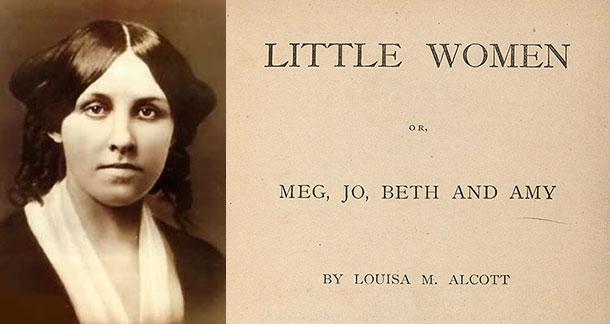LITTLE WOMEN
Reviewed by Kristy Dolson.

With the new movie adaptation due to release in South Korea this month, it is the perfect time to revisit the classic children’s novel Little Women by Louisa May Alcott.
I came across this hefty book by way of a feminist must-reads list on the internet but paused at the prospect of ploughing through 777 pages of Alcott’s mid-1800s religious moralizing on the merits of genteel poverty. But in the summer of 2017, I was not particularly busy, so I decided to dive in anyway.

Published by Alcott in two parts within a newspaper beginning in 1868 and ending in 1869, the novel is likewise divided into two parts. The narrative reflects the moral conviction of Civil War-era Americans as well as the expectations and opportunities open to women at that time. It was a fascinating glimpse into the lives of an upper-middle class family with four daughters.
The story follows the March daughters – the “little women” of the title – Meg, Jo, Beth, and Amy. At the beginning of the book, the March family descends into poverty as their father acquiesces to his draft notice, leaving home to put down Confederate rebels. Despite the abrupt loss of their loving patriarch, the four girls and their mother admirably continue to love and support each other while awaiting his return. The young girls must navigate new circumstances while maintaining a nobility of spirit as they grow into adulthood.
Although large tracts of the novel diverge into religious moralizing, which can grate on the nerves of today’s reader, such passages arguably contributed to Alcott’s publication success during her lifetime. If one can overcome these tedious sections, one finds many delights hidden within this tome that still prove relevant today.
While this narrative for girls provides four distinct heroines, I gravitated toward Josephine “Jo” March. Like so many others who have read this book, I saw myself in the feisty, never satisfied Josephine and absolutely adored her for sticking to her principles in the face of trying circumstances. I especially loved Jo’s publishing experiences and her desire for independence in a time and place that conspired to limit noble women’s aspirations to marriage and motherhood. It is also fascinating to note that the familial expectations for women in the U.S.A. have changed little in the last 150 years.
I suppose it is for the best that I waited so long before tackling this sprawling narrative because as a grown woman I can fully appreciate the story, the characters, and the moral conviction of the plot while heartily enjoying my reading experience. Having never read the source material, I have likewise never viewed any movie or TV adaptation of Little Women.
But I am now quite prepared and excited to see Greta Gerwig’s latest offering. The beauty of artistic license is taking a beloved narrative, shaking it down to its bones, and rebuilding it to speak more clearly to present or future generations. Hopefully this adaptation can reinforce and inspire the latent greatness in today’s “little women.”

THE REVIEWER
Kristy Dolson lived in South Korea for five years before taking a year off to travel, read, and spend time with her family in Canada and Australia. She holds a Bachelor of Education and now lives in Yeosu, where she splits her time between teaching at the new Jeollanamdo International Education Institute and reading as much as she can.



